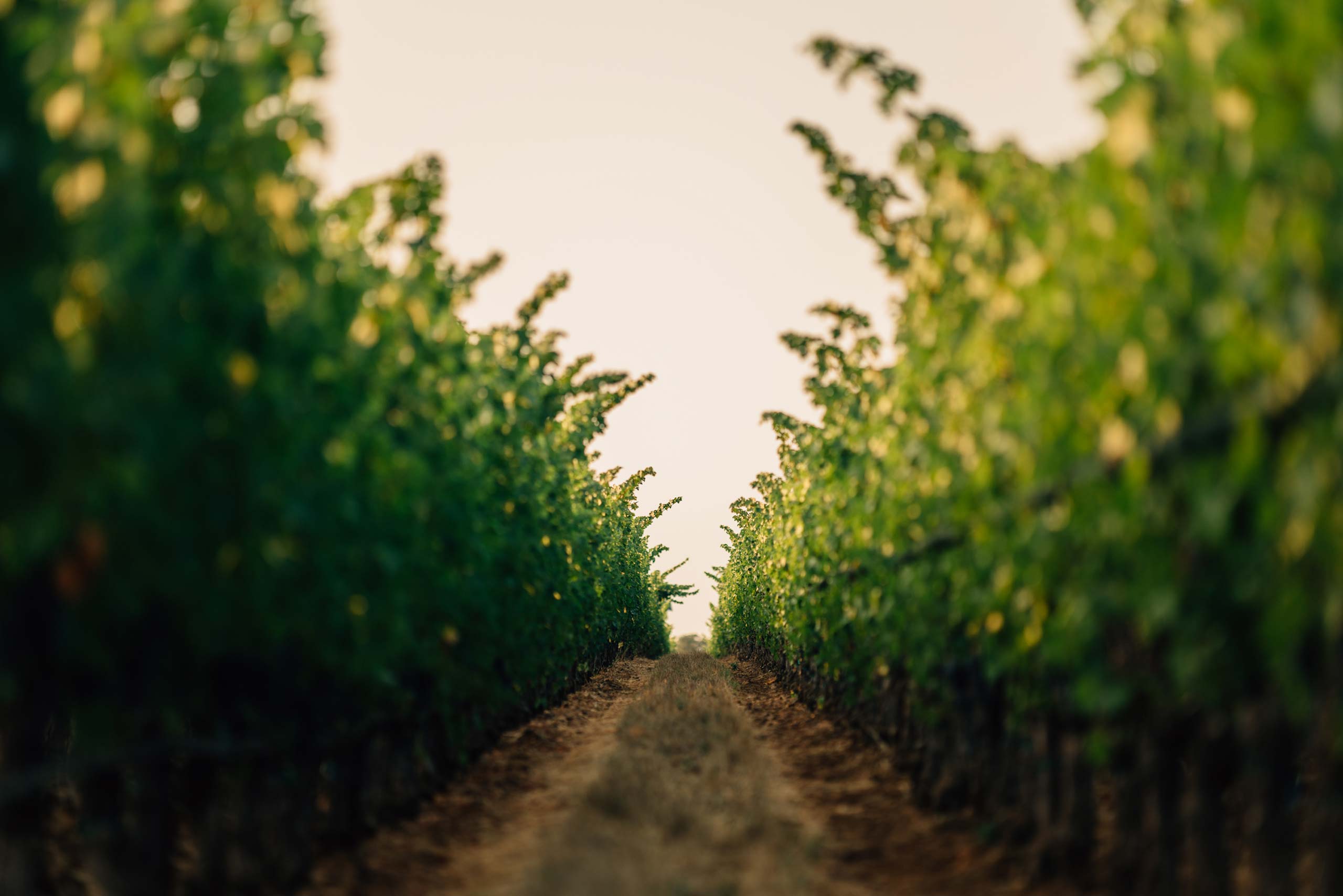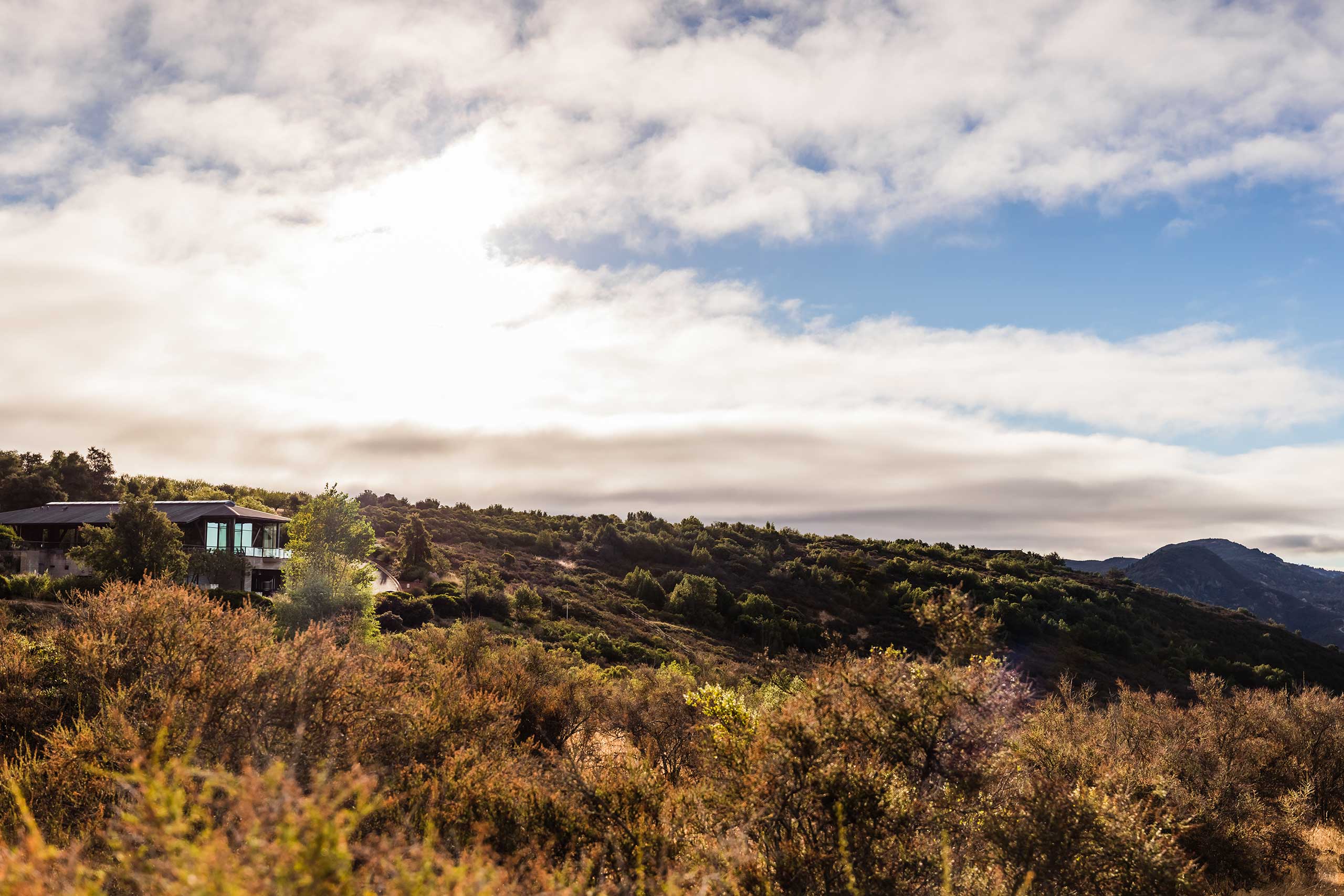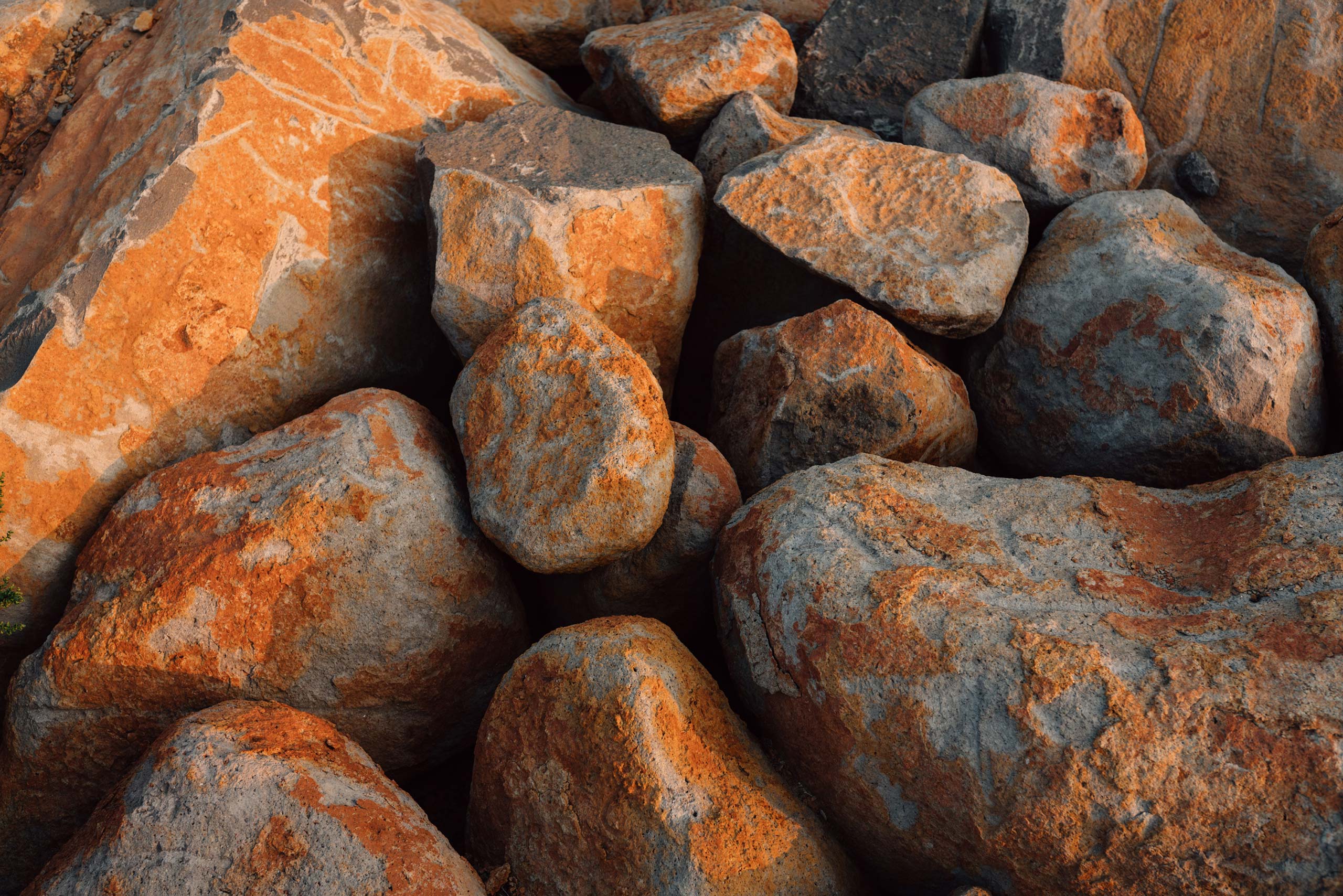A Sense of Place
Like luck, terroir is both made & found

Creation & Discovery
Like luck, terroir is both made and found. Nature supplies the raw materials and the constraints of topography, geology, and climate. But people elaborate, extend and interpret terroir.
The ongoing conversation between discovery and creation are the two elements which animate the wines of OVID. Much like the Metamorphoses of the ancient writer from whom we take our name, transformation is the connective tissue of our story.

A Modern History of Pritchard Hill
OVID sits atop a growing region known colloquially as Pritchard Hill (named for the nineteenth century homesteader Charles Pritchard), but lacking official designation. While viticulture here dates back to the time of Pritchard, modern winegrowing began in the late 1960s. Today, because of the extremely high quality and consistency of the wineries that reside here, Pritchard Hill is widely considered the best grape-growing zone in Napa Valley.

Forged By Wind & Sunshine
The microclimate here at OVID is moderate, offering vines the benefits of a mountain setting with a privileged position along Napa Valley’s eastern ridge line. As with most vineyards that lie nestled above the Pacific marine layer, sunlight hours are long and unimpeded, enjoying the longest exposures to the sun’s afternoon rays.
High elevation also means temperatures here are subject to thermal inversion, a phenomenon that upends standard models of air movement. During warm weather, daytime hot air sinks down into the valley, while cooler air remains pinned up above. At night, it reverses, with warmer air rising.
We receive daily cooling and drying breezes from the San Francisco Bay, arriving in the afternoon as daytime temperatures peak. The orientation of our vineyard on the eastern wall of the valley makes it the first to meet the winds, lessening disease pressure, slowing growth and encouraging the thickening and ripening of grape skins.

Soil & Geology
The OVID vineyard grows atop what are mostly volcanic soils created about three to nine million years ago. The last two million years have seen the weathering of hard primary rock – largely basalt, andesite and sandstone. The dominant soil series here are known as Hambright, basic weathered basalts and other igneous rocks. Here, the topsoil only reaches depths between six and twelve inches, and the little soil we do have is the result of the slow and reluctant weathering of volcanic rocks.

Why Here?
The old adage that vines need to struggle is overstated, but not terribly. Only serious vineyardists would ever farm up here. The stakes are too great, the rewards too painfully won. It takes dedication, patience, resources and deep engagement. But what can be earned here is rarefied raw material. In the wines, the common thread is something few places have: concentration, aromatic potency and an architecture only the genius of Mother Nature could design.
